Sometimes it’s pretty clear that you need new tires, such as when you experience a flat, but how do you tell before it reaches that potentially unsafe juncture? This past year the importance of tire care and maintenance jumped to the headlines after the California Highway Patrol finished their investigation in the accident that killed actor Paul Walker and documented that the age of the tires on his car may have been a factor in the accident. No matter what type of vehicle you drive you need to pay attention to your tires to make sure they are still in good condition.
Ideally, the depth of your tire tread should never been less than 1/16 of an inch, anything less and your tires will not grip as well as needed. When driving on slippery roads you have a higher risk of losing control of the car if your tread is worn down.
There are special tools to measure your tread depth, which can be purchased from your local automotive store or online and many even combo as a tire gauge. In a pinch you can use a coin to check your tire tread depth. To do that take a penny and insert it into the tread with Lincoln’s head facing down. If you are able to see his entire head it is time to get new tires.
These days most tires have a wear indicator to help drivers tell when it’s time to replace the tires. Thin lines running perpendicular to the tread will appear as the tires get worn down. When you look at your tires if more than a few are visible it’s time to consider getting new tires.
Even if a set of tires don’t have a bunch of miles on them over time the rubber breaks down and will need to be replaced. The rubber will start to crack and over time this will cause the steel belts in the tread to separate or could cause a leak to happen. In worst case scenarios, this means the tire is close to blowing out.
Doing a visual inspection of the tires is the easiest way to check for this. Look for cracks or grooves on the side of the tire. If you see any, it’s time to get new tires.
This doesn’t happen as often, but sometimes the outer surface of the tire gets weak and the rubber starts to budge out. If this is happening to a tire, you need to immediately replace it since this is a huge indicator that the tire is close to blowing out.
To help increase the life of your tires there are a few things you can do:
This entry was posted in Top Driver Blog and tagged car maintenance, Car Safety, Driving, How To, Road Safety, Safety Tips, Tips, tires.

171 Washington Street, Morristown, NJ | 973-540-9880
Yes, if you want them to last their expected lifetime, your tires require maintenance. Based upon the kind of automobile you own, tires can be a pretty hefty investment. Research has shown that tires are among the most overlooked items when it comes to vehicle maintenance. Your car tires are designed to work with the steering and suspension systems to keep your vehicle on the road. Over-inflated, under-inflated, misaligned, and/or dry-rotted tires can quickly become safety hazards. By adhering to a few tire maintenance tips, your tires will last longer and your vehicle will operate more efficiently.
Key #1 – Check Tire Inflation on a Monthly Basis
When your tires are properly inflated, they will wear evenly, help you conserve gas and improve handling. Extreme weather temperatures will affect the air pressure in your vehicle’s tires. To make sure your tires are always inflated to the correct air pressure, it’s wise to check them once a month. Invest in a tire pressure gauge and keep it handy. Checking the air pressure is a fast and simple process. If you don’t know how, we’d be happy to show you the next time you bring your vehicle in for service. When checking the pressure and filling your tires with air, don’t use the pressure that’s noted on the sidewall of the tire. The correct tire pressure will be listed on a label on the inside of the driver’s door. One last note – Check the tire pressure first thing in the morning, while the tires are still cold.
Extreme weather temperatures will affect the air pressure in your vehicle’s tires. To make sure your tires are always inflated to the correct air pressure, it’s wise to check them once a month. Invest in a tire pressure gauge and keep it handy. Checking the air pressure is a fast and simple process. If you don’t know how, we’d be happy to show you the next time you bring your vehicle in for service. When checking the pressure and filling your tires with air, don’t use the pressure that’s noted on the sidewall of the tire. The correct tire pressure will be listed on a label on the inside of the driver’s door. One last note – Check the tire pressure first thing in the morning, while the tires are still cold.
Is the tire pressure warning light staying on despite having the proper air pressure? Schedule an appointment with Shade Tree Garage in Morristown, New Jersey. This warning light is designed to illuminate when one or more of your tires are under-inflated.
When the light comes on, check the tire pressure and add air, as necessary. If you’ve been driving and this light turns on, your tire is probably losing air quickly. Do not drive on a flat tire as it could pose serious safety risks and will cause damage to the wheel. If the tires are inflated properly and the light remains on, make an appointment with Shade Tree Garage. Sensors will sometimes go bad and require replacement.
Key #2 – Have Tires Rotated Regularly
Your tires will wear evenly and will last longer if they’re rotated regularly. The easiest way to be sure this is done on a regular schedule is to rotate the tires every time you change the engine oil and filter. When it comes time to replace your tires, for safety reasons, it’s highly recommended to replace all 4 simultaneously.
Key #3 – The Front End Suspension and Vehicle Alignments
Worn out steering or suspension system parts will result in tires that wear out quicker than they should.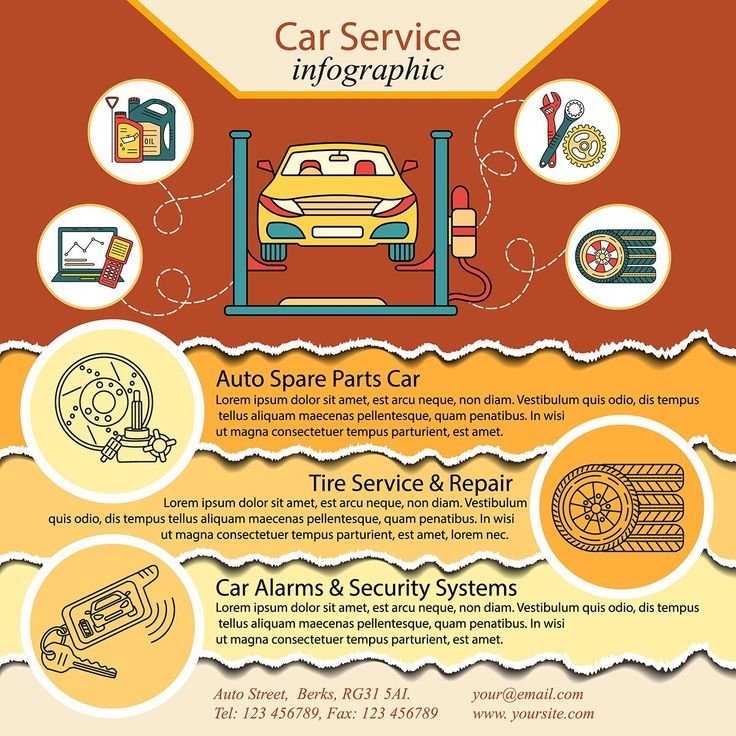 Steering and suspensions systems that are worn out can fail and pose a serious safety hazard. Your vehicle’s suspension helps you keep control of your automobile. Moreover, the suspension allows your vehicle to smoothly drive around curves and make turns without rolling. If you notice excessive bounce when you hit a bump or your vehicle sways from side to side around curves or when you turn, have the suspension system checked. It’s also wise to have the wheels aligned at least once a year (more if you hit a curb or pothole). The technicians at Shade Tree Garage are equipped and knowledgeable in handling all of your steering and suspension system repairs. We can also perform wheel alignments.
Steering and suspensions systems that are worn out can fail and pose a serious safety hazard. Your vehicle’s suspension helps you keep control of your automobile. Moreover, the suspension allows your vehicle to smoothly drive around curves and make turns without rolling. If you notice excessive bounce when you hit a bump or your vehicle sways from side to side around curves or when you turn, have the suspension system checked. It’s also wise to have the wheels aligned at least once a year (more if you hit a curb or pothole). The technicians at Shade Tree Garage are equipped and knowledgeable in handling all of your steering and suspension system repairs. We can also perform wheel alignments.
Key #4 – Inspect Your Tires When You Check Tire Pressure
At least once each month, complete a visual inspection of your tires. Inspect the tread depth and check on how your tires are wearing. If you notice any uneven wear or you find that very little tread depth is left, have your tires replaced right away.
By following these key steps, your tires should last their expected lifetime. When it comes to replacing them, give Shade Tree Garage a call. We can assist you to in selecting the right tires for your vehicle and budget. You can choose from a number of different tire manufacturers and we often run specials on Michelin tires. If you need any repair or maintenance on your vehicle’s suspension and steering systems, we can handle that too. Click here to make an appointment with Shade Tree Garage, in Morristown, New Jersey.
Categories Everyday Car Care Tags proper tire maintenance, recommended tire maintenance, suspension system problems© 2022 Shade Tree Garage | Morristown, NJ • Built with GeneratePress
While driving, the wheels are in an aggressive environment. External factors accelerate the aging and wear of rubber. Proper tire care can extend their life. And this, in turn, will allow you to delay the purchase of new rubber, which is not cheap. In addition, well-maintained tires retain technical characteristics for a long time. As a result, the car has good directional stability, is responsive to control and is safe.
And this, in turn, will allow you to delay the purchase of new rubber, which is not cheap. In addition, well-maintained tires retain technical characteristics for a long time. As a result, the car has good directional stability, is responsive to control and is safe.
It would seem that what can affect the wheel, except for a puncture? It rotates uniformly, and at first glance, this is a completely uncomplicated function. But on what factors affect the tire, its durability depends.
Among the most common causes of rapid aging and abrasion of rubber are the following:
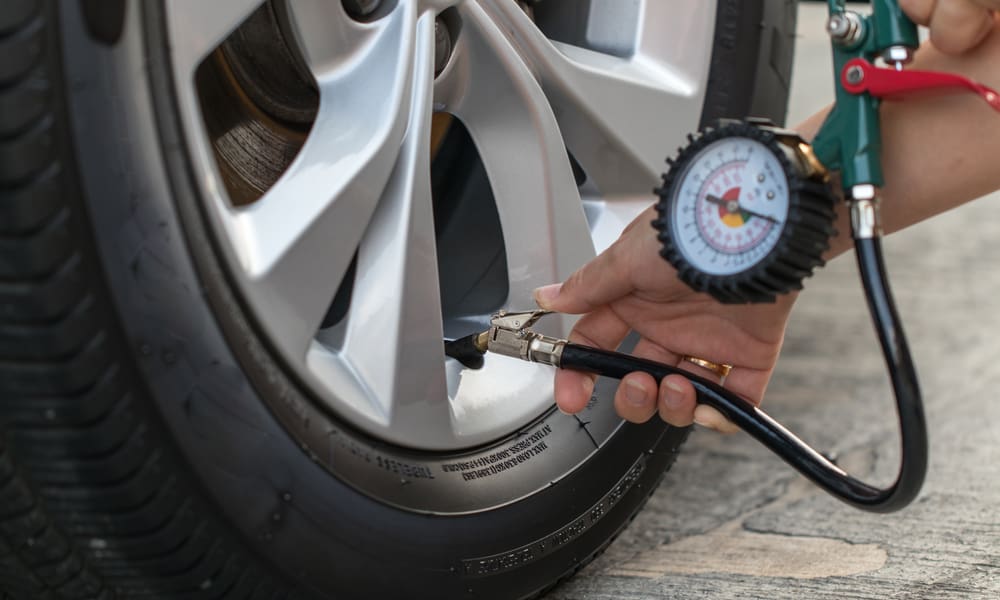 In addition, the wheel cord is deformed, and this is fraught with the appearance of hernias. The pressure factor should be taken into account and the air in the cylinders should be monitored, taking into account the season of operation (winter, summer).
In addition, the wheel cord is deformed, and this is fraught with the appearance of hernias. The pressure factor should be taken into account and the air in the cylinders should be monitored, taking into account the season of operation (winter, summer). 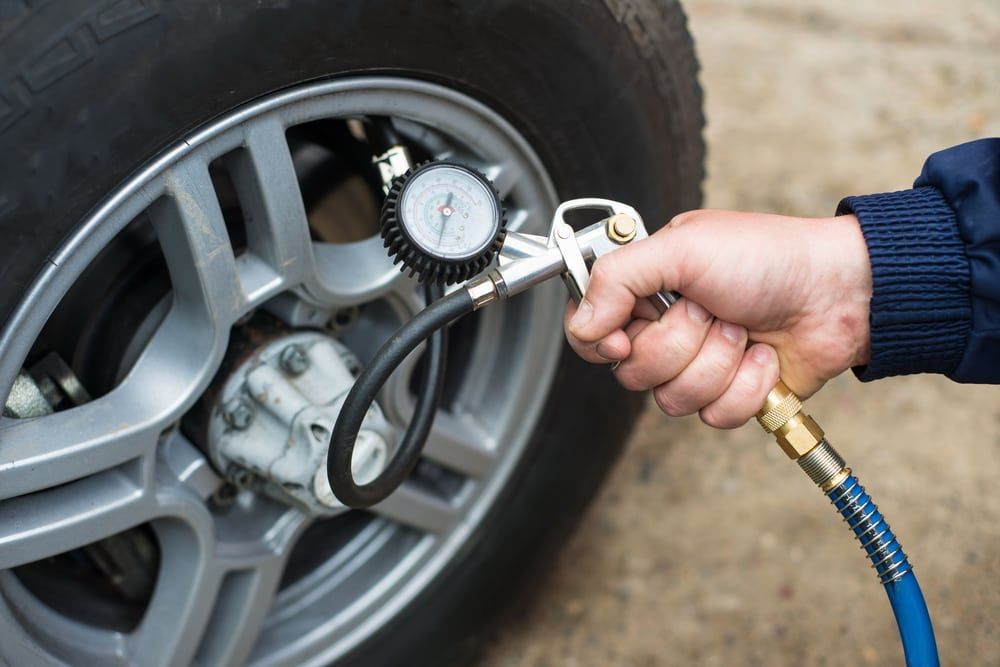 Optimum temperature conditions, up to 70°С. For winter wheels, the critical temperature is below -40°C. Under such circumstances, the rubber begins to break down, especially if you move at high speed.
Optimum temperature conditions, up to 70°С. For winter wheels, the critical temperature is below -40°C. Under such circumstances, the rubber begins to break down, especially if you move at high speed. 
After the rubber has been fairly damaged during the period of operation, regular inspections and care should be given to it. Maintenance procedures are quite simple, any car owner can handle them.
First of all, the wheels are easy to clean. It can be from a hose, or from a bucket, with a sponge or brush. Washing is carried out separately from the body. Add soap or car shampoo to the water. They wash off not only dirty plaque, but also fat. In addition, there are special compositions for washing tires, Russian and foreign production, on sale. Many of them are aerosol. Washing rubber is recommended after each comprehensive washing of the car.
After washing, it is possible to protect tires and rims by spraying them with special aerosol polishes. In addition, auto chemical manufacturers offer tire blackeners that fight the formation of cracks in rubber and give the wheel a new look.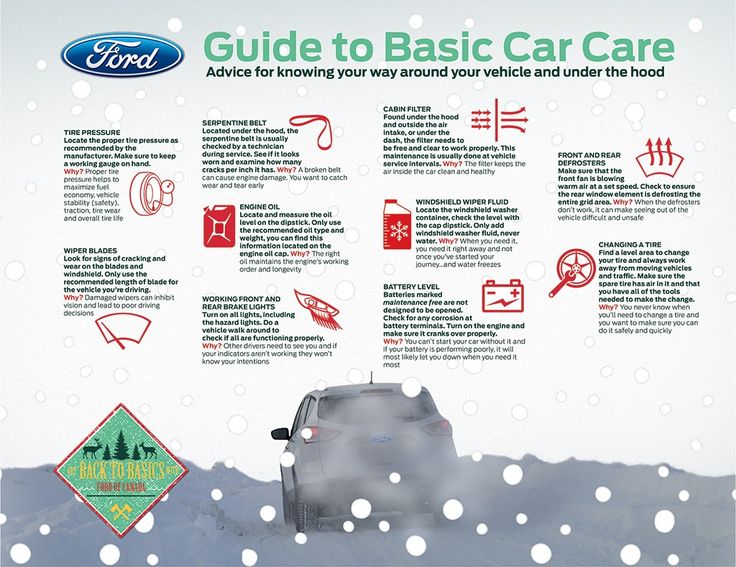 The task of caring preparations is to protect the tire from the influence of external aggressive factors. Some compositions really help, for example, the expensive Hi-Gear HG5330, USA (450 rubles). And some (cheap) ones are a waste of money.
The task of caring preparations is to protect the tire from the influence of external aggressive factors. Some compositions really help, for example, the expensive Hi-Gear HG5330, USA (450 rubles). And some (cheap) ones are a waste of money.
Extend the life of your tires with regular maintenance. At least once a week, pay attention to the condition of the tread of all wheels. If uneven abrasion is found, then the suspension should be diagnosed. At least once every 2 weeks, it is recommended to check the pressure in the cylinders. If a set of tires is sent for seasonal storage, then the wheels should be washed and stored in a ventilated area. Outdoor storage (balcony) is possible, but not recommended for more than 1 month and only in a sheltered state from sunlight.
Car owners are advised to take note of car tire care rules. This will not only extend the life of the tires, but will allow you to postpone the purchase of new wheels. And the delay is the saving of the personal budget, which is so necessary in the current economic situation in the country as a whole.
And the delay is the saving of the personal budget, which is so necessary in the current economic situation in the country as a whole.
Related materials
11/08/2012 #Tire # Tire
Storage and care of tiresWith the onset of winter, all motorists change tires. But not everyone knows how to properly store and care for the “shoes” of their car. In this article, we would like to talk in detail about how to care for tires and how to store them in winter and summer.
So, in order to prolong the life of car tires, you should follow the following recommendations of experienced motorists.
1. Before you start your trip, you need to carefully inspect the wheels. In particular, you should take the time to inspect the tire tread. Scratches, punctures and other defects are unacceptable on the rubber of the car. Do not forget to check the residual tread depth, which affects driving safety.
Scratches, punctures and other defects are unacceptable on the rubber of the car. Do not forget to check the residual tread depth, which affects driving safety.
Reference
The world's largest auto parts manufacturer, Continental, believes that tires are unacceptable if the tire's minimum tread depth is 1.6mm, which is the most acceptable standard. This standard is adopted in the Russian Federation, as well as in many European countries.
In winter, you need to carefully monitor how the studs on the tire behave, whether they provide good grip on melted ice and snow. If the studs are loose and you can swing them with your hand, such rubber can let you down in ice, its grip properties do not meet the standards.
2. In order not to deform the spikes, they should be regularly cleaned from dust, dirt and debris. When washing, do not use a particularly strong jet and special cleaning agents. For a good cleaning of the tread, ordinary soapy water is enough.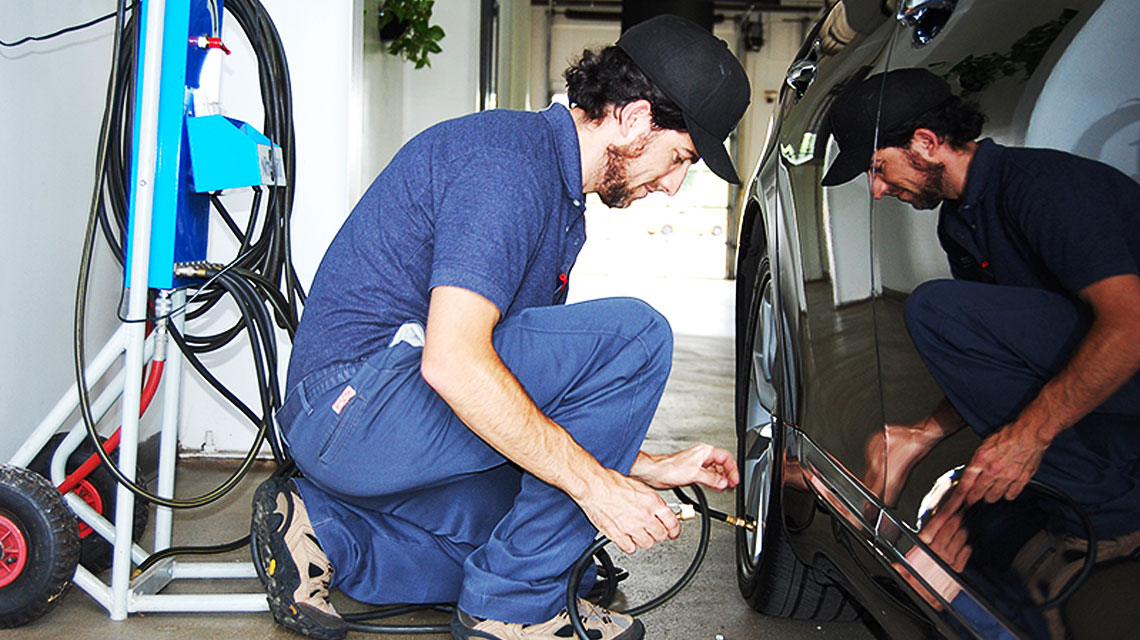
3. If you want to not only keep tires in good condition, but also extend their service life, then you need to rotate tires in a timely manner. On different axles of the car, they wear out in different ways. This simple procedure for changing tires in places can significantly increase the mileage of automobile rubber.
4. After buying a new tire, do not immediately try to test it. Just by running in new tires, you will significantly reduce their wear.
5. Keeping track of whether the tires are used correctly is quite simple. It is the uniform wear of rubber that indicates that you are taking care of your car tires in a timely and correct manner.
6. We can take care of your tire storage! We do washing and treatment with a composition-preserving agent for free!
Read more about tire storage at Auto-Alliance on our website. But if you decide to store the tires yourself, then you should know that the rubber is stored in a dry, well-ventilated place, without direct sunlight. Try to maintain the right temperature in the room where the rubber is stored - this will help keep the tires in good condition, since the rubber reacts sharply to both heat and cold during storage.
Try to maintain the right temperature in the room where the rubber is stored - this will help keep the tires in good condition, since the rubber reacts sharply to both heat and cold during storage.
7. Regardless of the place where the rubber is stored, be it a garage or a part of the corridor in front of the apartment, in no case should car tires be wrapped in plastic wrap or stored in bags. Such storage of rubber after a short period causes the appearance of condensed moisture, which is far from the best effect on the condition of the rubber.
8. Tires without rims and complete wheels are stored completely differently. Many car enthusiasts do not take this into account, as a result they get an imbalance by the season or (worse!) The tire may lose its shape!
To avoid this, tires with rims and tires without rims must be stored in different conditions. So, tires as an assembly are stored in a suspended form or in a horizontal position. It is also allowed to store tires with a disk one on one, but follow the measure so that the order is observed - no more than two wheels in a stack.
Tires without rims are stored vertically! If the tires are sent for long-term storage, then do not forget to rotate the tires every two to three months, changing the area of support, in order to eliminate shape change and an increase in imbalance.
Even if you use your car a little, and, accordingly, the rubber wears out little, the maximum service life of car tires should not exceed five years.
Read in our reviews about the "History of car tires" and their labeling.
#Generator bar
Generator bar: fixing and adjusting the car's generator
14.09.2022 | Articles about spare parts
In automobiles, tractors, buses and other equipment, electric generators are mounted to the engine by means of a bracket and a tensioner that provides belt tension adjustment. About the generator strips, their existing types and designs, as well as the selection and replacement of these parts - read the article.